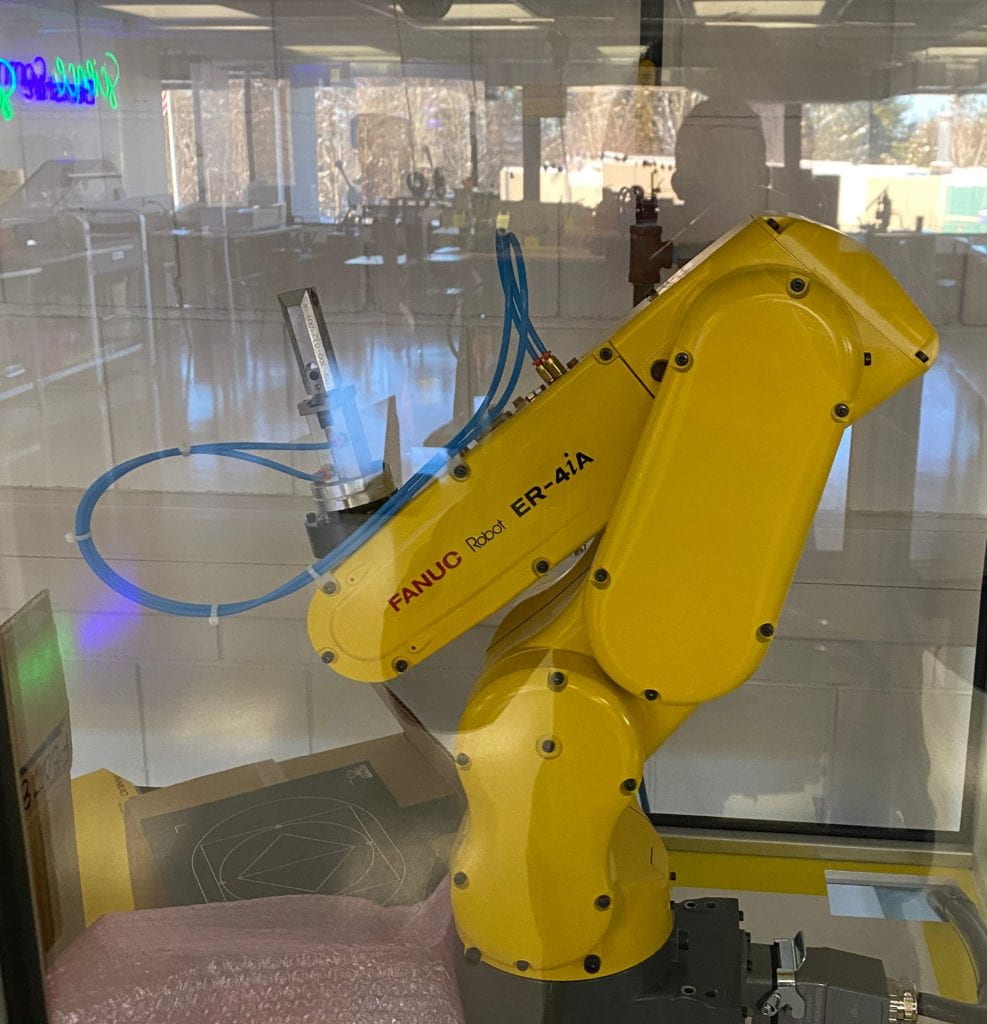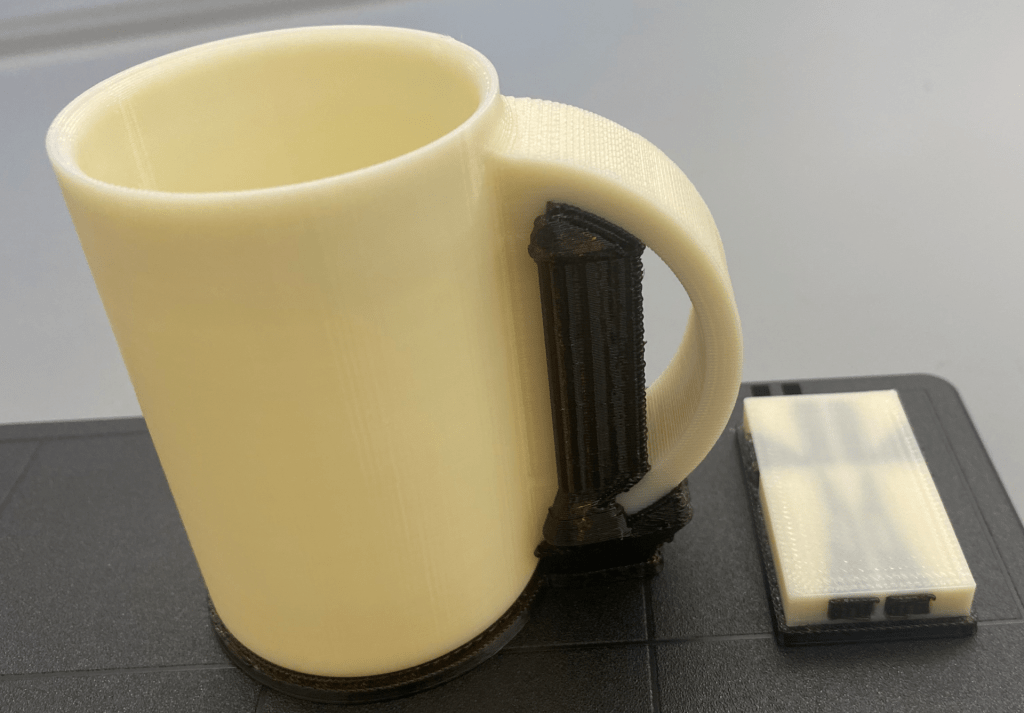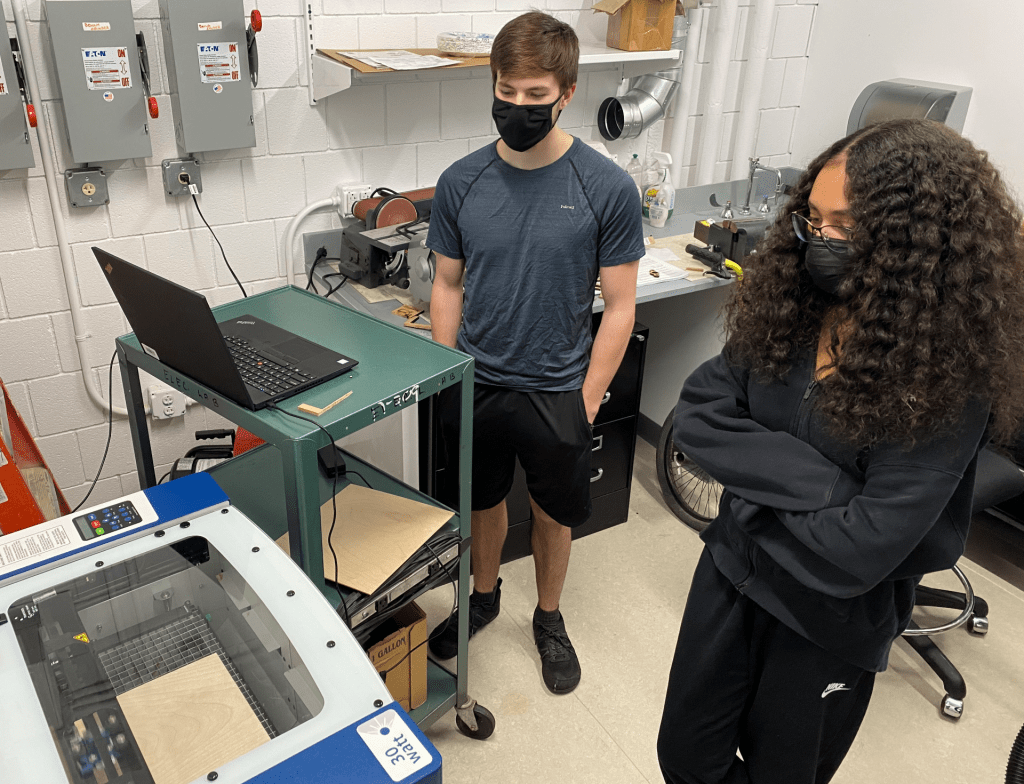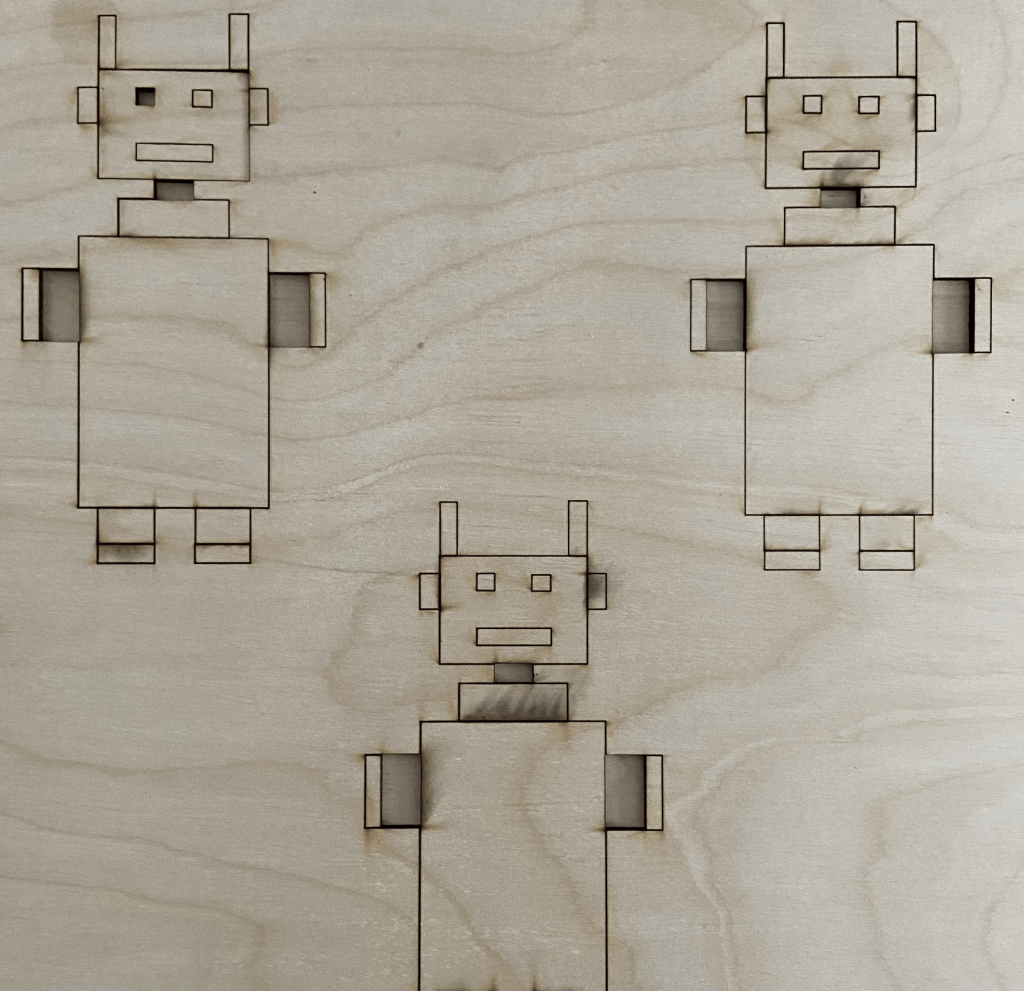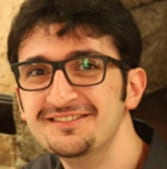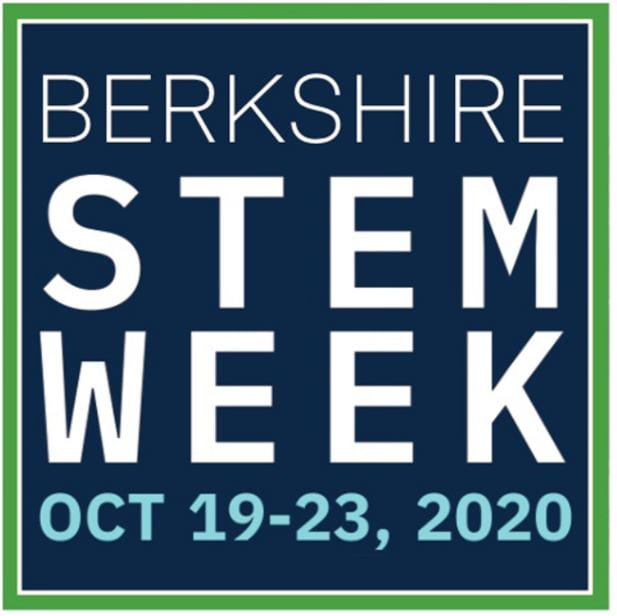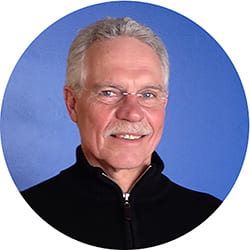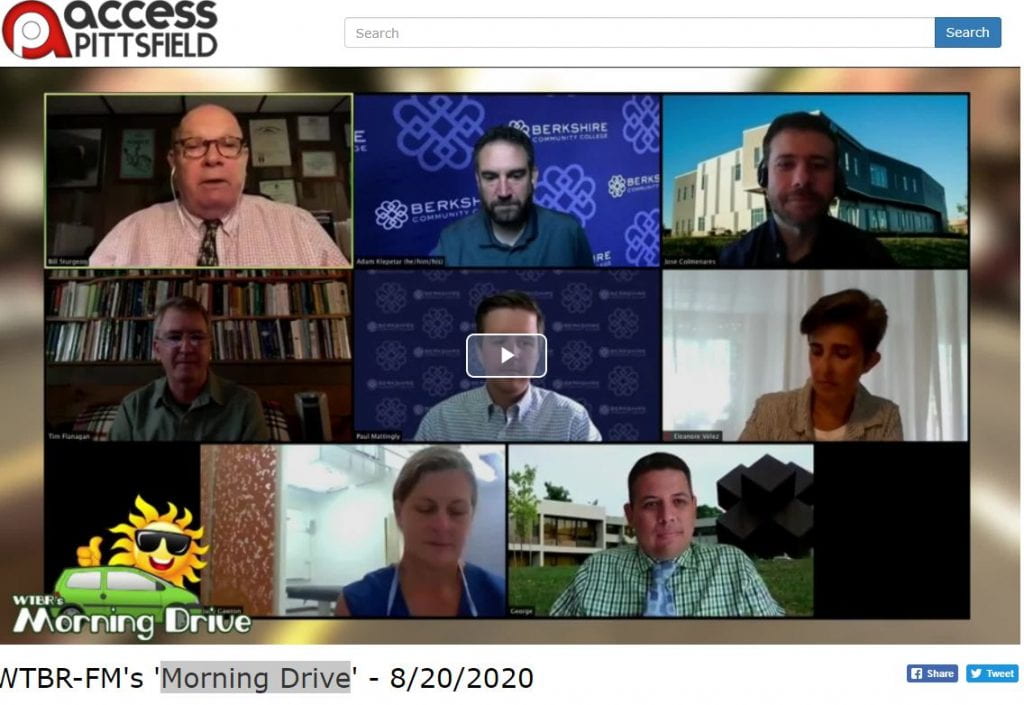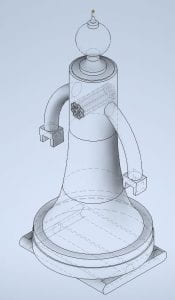Small colleges like ours would not survive if it wasn’t from local members of the community who give their time and effort to our educational mission. At the engineering department we are lucky to have two adjunct faculty, Profs. Mossman and Sullivan, from one of our local high-tech employers, General Dynamics. Prof. Sullivan is an engineer at GD during the day and has been teaching microcontrollers part time at BCC since 2008. It is clear by talking with him that he is passionate about engineering and loves his job. On his “free” time he does not only help train the next generation of engineers and techs at BCC, but also is a prolific electronics hobbyist. Some of his homebrewed projects include light detection glasses for the blind, which vibrate as the wearer approaches an object, a satellite-tracking antenna for his satellite radio and a similar design for a drone communications antenna, both projects required a serious dive into geometry as well as programing the electronics. He is also an amateur radio operator, which was a very popular hobby for connecting people across long distances before the internet linked the world together, but unlike some old timers who have left the radio hobby due to tougher restrictions on radio bandwidth as well as the competition from cheap internet and cellphones, he has used his brainpower in developing software algorithms to improve the quality of communication which more efficient use of the limited frequencies for amateurs.
His latest project is a CO2 detector using off-the-shelf low cost components. If the CO2 content in a room is too high, it can be an indication of poor ventilation and excessive amount of people, which equates to the same conditions that will make the COVID-19 virus to be easily transmitted in a multiple contagion event.
We are thankful for the time Prof. Sullivan volunteers to our college and we are looking forward to students connecting with him with all the questions about electronics and programing they can think of.

Prof. Sullivan testing his glasses-for-the-blind design
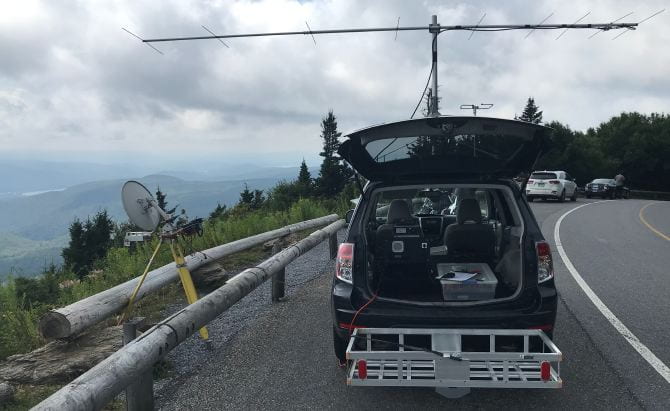
Testing his radio improvements at Mount Greylock


